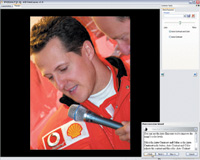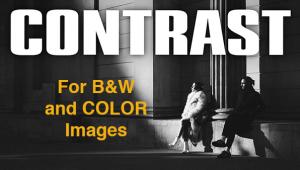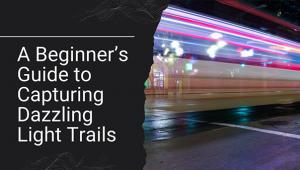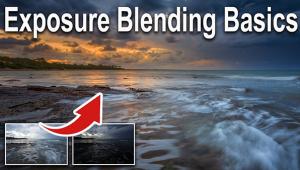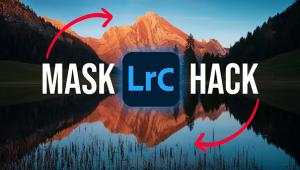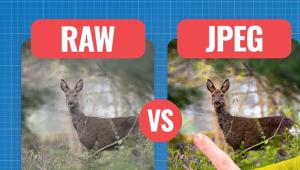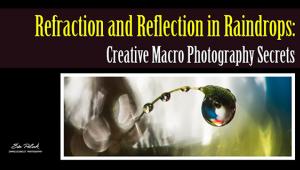ACDSee PowerPack 6.0
More Power To The Image Management Process
ACDSee has always been a
powerful image management tool for Microsoft Windows users, and the
latest version is no exception, but sometimes you need a little more
power. That's when you need to kick it up a notch and spend a
few extra bucks for the PowerPack edition. ACDSee PowerPack costs $79.99
and includes ACD Systems' FotoCanvas image-editing program and
FotoSlate package-printing software, which means you get those two extra
programs for just $15 each more than the base price. |
|||
Display Options File Compatibility Sort Systems |
|||
Power To The Pixels FotoCanvas Controls |
|||
Get Out Your Slate |
|||
So What Else Is New? Sharing Pics |
- Log in or register to post comments


